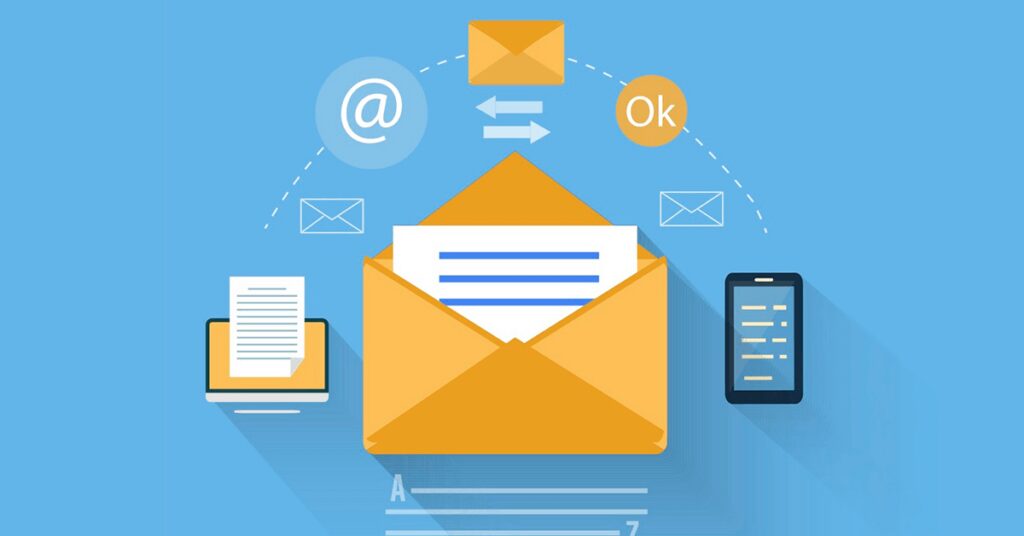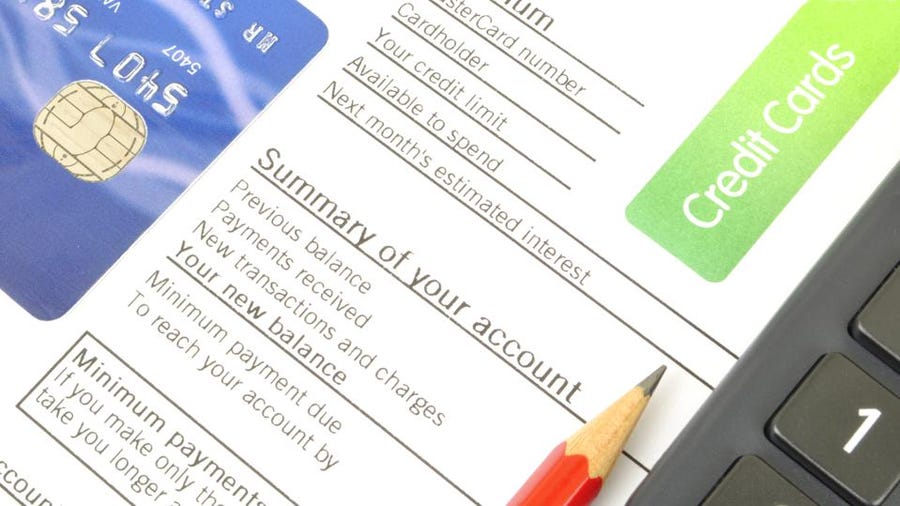Do you want to stay safe online and protect yourself from malicious emails, phishing scams, and other types of spam? If so, be certain that you’re using the latest anti-spam techniques.
With so many online scams and spammers trying to get their hands on your personal information, it’s important to take measures to protect yourself.
Thankfully, there are a variety of anti-spam techniques that you can use to ensure your data stays safe. In this blog post, we will be covering the top 5 anti-spam techniques that you can use to protect yourself online.
Without further ado, let’s dive in!
1) Use a Spam Filter
In today’s digital world, it is no surprise that spammers are always looking for new ways to get their messages into your inbox. Therefore, it is essential to use a spam filter to protect yourself from these unwanted emails. A spam filter will act as a gatekeeper for your email, helping to block out potentially malicious messages before they ever reach you.
Spam filters use various techniques to identify and block messages from known or suspected spammers. These techniques include analyzing the content of emails, scanning the sender’s IP address and domain name, and evaluating the header information in an email. Spam filters can also block keywords, domains, and attachments commonly used by spammers.
To ensure your spam filter is effective, keep it updated regularly with the latest definitions and rules. You can also configure the settings in your spam filter to meet your specific needs. For instance, you can set it to block all messages from particular email addresses or domains.

Some spam filters offer additional features, such as auto-deletion of messages after a certain time or blocking messages based on certain words or phrases.
A spam filter is one of the most effective anti-spam techniques. By taking advantage of this tool, you can help keep your inbox free of annoying and potentially dangerous emails.
2) Do Not Respond to Spam Emails
Do NOT respond to spam emails! This is one of the most important anti-spam techniques you can use to protect yourself from malicious attacks. If you receive an email from an unknown source, do not open it or click on links within it. Doing so could expose your device to malware and phishing attempts. Instead, delete the email right away.
What is more, most spam emails have tracking devices that will let the sender know when their email has been opened. Therefore, responding to spam emails will only send more spam to your inbox.
If you receive an email claiming to be from a legitimate company or individual, verify its authenticity before responding. Spammers often use spoofed email addresses to fool people into believing they are receiving messages from someone they know. Instead, reply to emails from verified senders.
If you need clarification on a link in an email, hover over it with your mouse to see if it matches up with the text in the email. If it doesn’t match up, don’t click it!
Additionally, never provide sensitive information, such as usernames, passwords, or credit card numbers, in response to any email.

If you receive a suspicious email, do not forward it to anyone else. Doing so could spread malicious software even further. Instead, delete the email immediately.
By following these steps, you can protect yourself from inappropriate emails and protect your data from being compromised.
3) Create Strong Passwords
Creating strong passwords is one of the most important anti-spam techniques you can use to protect yourself. Spammers often target weak passwords and easily guess combinations of words, numbers, and symbols. Therefore, strong passwords are an essential part of defending your online accounts from attack.
When creating a strong password, mix up the characters, including numbers, symbols, and upper and lower case letters. Avoid using common words or phrases as spammers can easily guess these. You should also avoid using personal information, such as birthdays, addresses, phone numbers, or social security numbers, in your password.
It is also important to have a different password for each account you have. This ensures that if one account gets compromised, the rest remain secure.
Consider using a password manager to make it easier to remember multiple passwords. These programs securely store your passwords, so you don’t have to remember them all.
Creating strong passwords and using a password manager can drastically reduce the risk of your accounts being hacked and your personal data falling into the wrong hands.
4) Reveal Only as Much Information as Necessary

While many anti-spam techniques are designed to protect your inbox from spam, there are other techniques you can use to protect yourself from malicious online threats. One of the best ways to protect your privacy is to only reveal as much information as necessary.
This means being careful with what information you share online, especially regarding websites and emails that ask for personal details such as name, address, phone number, etc.
For instance, if an unfamiliar website asks for too much information, such as your Social Security number, it’s best not to provide it unless you’re sure it’s a secure site. Additionally, you should think twice before sharing sensitive information on social media or any other public platform.
Even if a website appears trustworthy, researching them before entering personal information is always a good idea. If a website doesn’t have an SSL certificate, you should avoid it altogether. When entering sensitive information on legitimate sites, ensure the connection is secure (HTTPS) and the site has a valid security certificate.
Another key tip is to use two-factor authentication (2FA) to add an extra layer of security to your accounts.
By following these tips and only revealing as much information as necessary, you can better protect yourself from malicious online threats and stay safe from spam.
5) Monitor Your Credit Card and Bank Statements
One of the best ways to protect yourself from spam is to regularly monitor your credit card and bank statements to be sure that no unauthorized charges have been made and no suspicious activity has occurred on your accounts.

It’s always a good idea to go through each statement line-by-line to ensure everything looks correct. If you see any charges or activity that doesn’t look right, you should immediately contact your bank or credit card company to report the issue and dispute the charge.
Monitoring your credit card and bank statements also allows you to spot any fraudulent charges or activities quickly to take action before the fraudsters have a chance to do any more damage. Additionally, if you spot a suspicious charge early on, you can take steps to secure your account and protect yourself from future scams.
Finally, if you are ever contacted by an entity claiming to be associated with your financial institution, double-check the source before taking action. Check the phone number on PhoneHistory and verify if the caller is who they say they are.
By keeping an eye out for these scams and never giving out personal information, you can help keep your accounts safe from spam.
It’s a Wrap!
In conclusion, protecting yourself from unwanted and potentially malicious emails is important. Using the top 5 anti-spam techniques outlined in this blog post, you can ensure that your inbox remains safe and secure.
Besides, being aware of the different types of spam and how to identify them can help you stay one step ahead. Lastly, it’s important to keep your software up-to-date and use strong passwords, so you’re not vulnerable to attack.

With these tips in mind, you can be confident that your online safety is taken care of.





